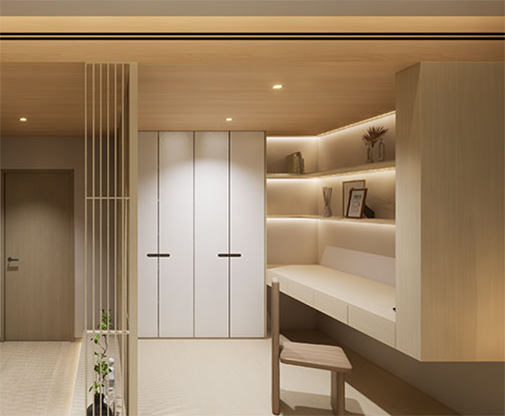When embarking on a construction or renovation project, one of the most significant considerations is the choice of materials, particularly for exterior walls. The material selected not only impacts the overall aesthetic and functionality of the building but also plays a crucial role in the budget. In this article, we will delve into the cheapest materials for exterior walls, examining their advantages, disadvantages, and suitability for various applications.
Understanding the Importance of Exterior Wall Materials
Exterior walls serve as the first line of defense against environmental elements, providing insulation, structural support, and aesthetic appeal. The choice of material can significantly influence energy efficiency, maintenance costs, and the longevity of the structure. Therefore, while cost is a critical factor, it is essential to consider the overall value and performance of the material.
- Vinyl Siding: A Budget-Friendly Classic
Vinyl siding is one of the most popular and cost-effective materials for exterior walls. Prized for its affordability, it typically ranges from $2 to $7 per square foot, depending on the style and quality.
Advantages:
- Low Maintenance: Vinyl siding requires minimal upkeep, as it does not need painting and is resistant to rot and pests.
- Energy Efficiency: Many vinyl products come with insulation backing, enhancing energy efficiency.
- Variety of Styles: Available in numerous colors and textures, vinyl siding can mimic the appearance of wood, stone, or brick.
Disadvantages:
- Durability Concerns: While vinyl is resistant to many elements, it can become brittle in extreme temperatures and may fade over time.
- Environmental Impact: Vinyl is derived from PVC, which raises concerns regarding its environmental footprint.
- Plywood and OSB (Oriented Strand Board)
Plywood and OSB are often used as sheathing materials but can also serve as exterior wall finishes when treated properly. The cost of plywood ranges from $1.50 to $3 per square foot, making it an economical choice.
Advantages:
- Structural Strength: Both materials provide excellent structural support and can be used in various weather conditions.
- Insulation Potential: When combined with insulation, they can enhance the thermal performance of a building.
Disadvantages:
- Moisture Vulnerability: Without proper treatment, plywood and OSB can be susceptible to moisture damage and rot.
- Aesthetic Limitations: These materials typically require additional finishing, such as siding or paint, to improve their appearance.
- Concrete Block
Concrete block, or cinder block, is another economical option for exterior walls, with costs ranging from $1.50 to $3 per block. This material is particularly popular in commercial and industrial applications.
Advantages:
- Fire Resistance: Concrete blocks are non-combustible, providing excellent fire resistance.
- Durability: They are highly durable and can withstand harsh weather conditions.
Disadvantages:
- Insulation Challenges: Concrete blocks have lower insulation properties compared to other materials, which may lead to higher energy costs unless insulated properly.
- Labor Costs: The installation of concrete blocks can be labor-intensive, potentially increasing overall project costs.
- Stucco
Stucco is a cement-based material that can be applied over various substrates, including concrete, brick, and wood. The cost of stucco typically ranges from $6 to $9 per square foot, making it a mid-range option.
Advantages:
- Aesthetic Appeal: Stucco provides a unique, textured finish that can enhance the visual appeal of a building.
- Energy Efficiency: When applied correctly, stucco can offer good insulation properties.
Disadvantages:
- Cracking Potential: Stucco can be prone to cracking, especially in areas with significant temperature fluctuations.
- Maintenance Needs: While durable, stucco may require periodic maintenance to address cracks and repainting.
- Recycled Materials
In recent years, the use of recycled materials for exterior walls has gained popularity. Options such as reclaimed wood, recycled metal, and composite materials can be both cost-effective and environmentally friendly.
Advantages:
- Sustainability: Utilizing recycled materials reduces waste and environmental impact.
- Unique Aesthetic: Recycled materials often provide a distinctive look that can enhance a building's character.
Disadvantages:
- Availability Issues: The availability of recycled materials can vary, potentially impacting project timelines.
- Variable Quality: The quality of recycled materials can be inconsistent, requiring careful selection.
Conclusion: Making the Right Choice
When considering the cheapest materials for exterior walls, it is essential to balance cost with performance, durability, and aesthetic appeal. Vinyl siding, plywood, concrete blocks, stucco, and recycled materials each offer unique advantages and challenges. Ultimately, the best choice will depend on the specific needs of the project, local climate conditions, and long-term maintenance considerations.


More Stories
Top 5 Advantages of Using Film Faced Plywood in Concrete Formwork
Key Technical Features and Performance Indicators of a Gypsum Mortar Production Equipment Weighing System
Building Facilities Construction